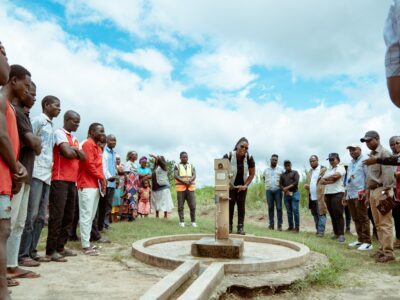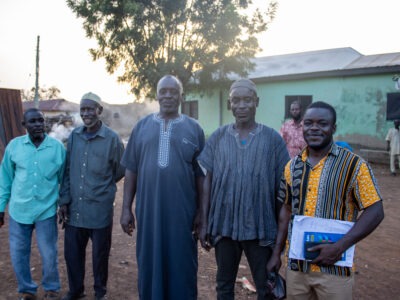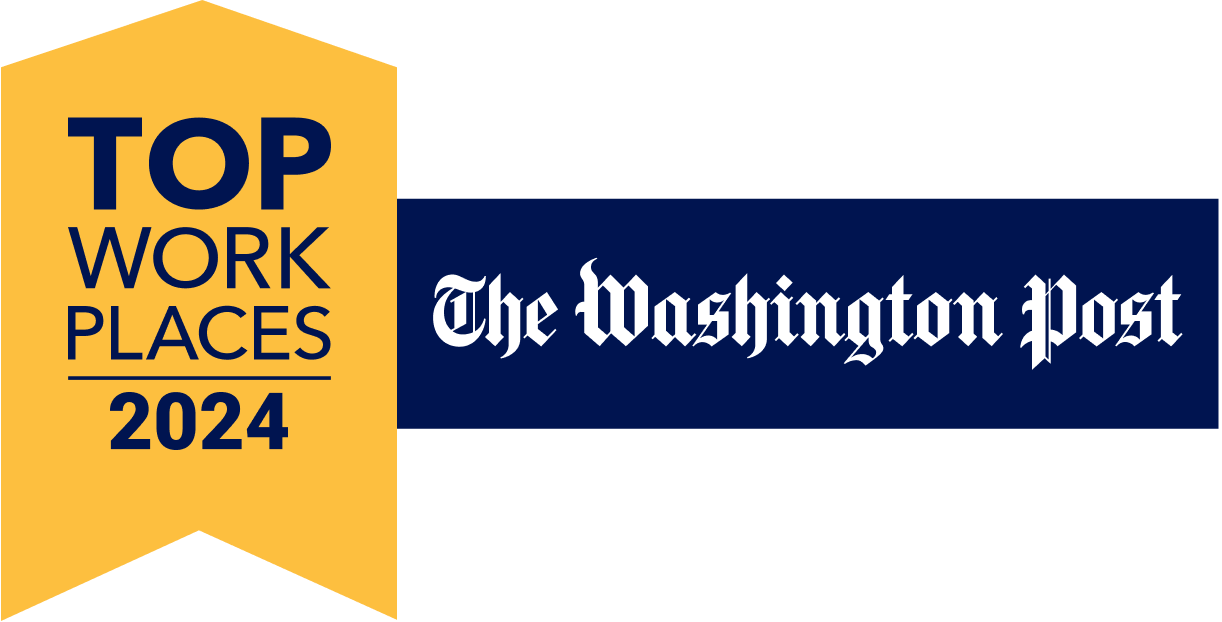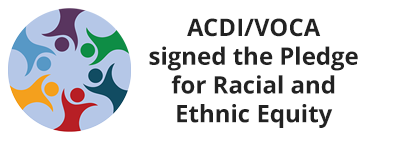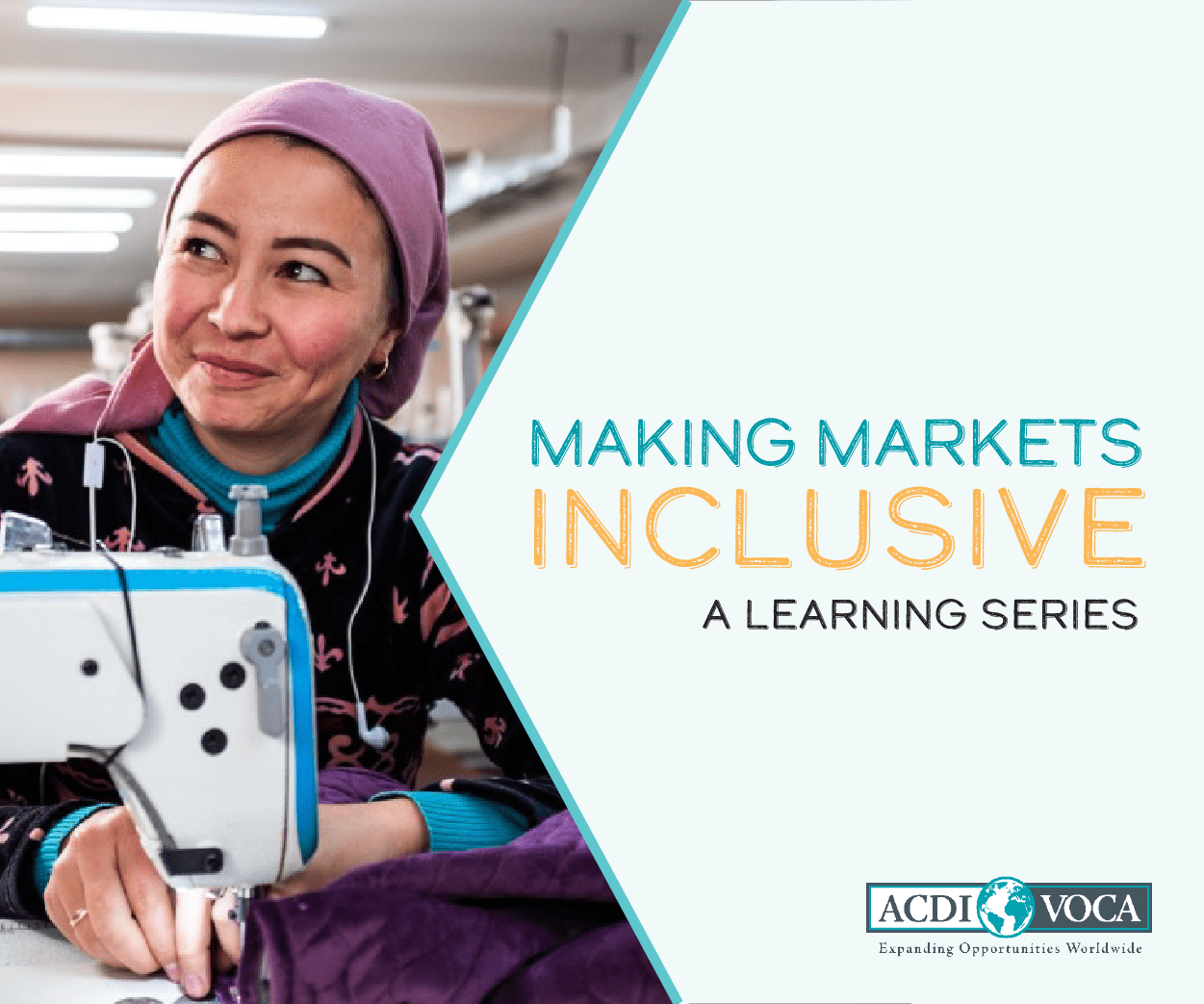
Many agricultural market systems development (MSD) programs have been turning their attention toward the inclusion of women, youth, and other marginalized groups as critical to not only achieving development impacts for these groups but also generating more competitive, inclusive, and resilient market systems. While robust evidence around “what works” is still limited, many agricultural MSD programs are designing, implementing, adapting, and learning from approaches aimed to bring about more effective inclusion of women and youth. In a multi-part blog series, we will explore these themes as they relate to ACDI/VOCA’s own work, sharing practical experience, challenges, and successes in an effort to further learning.
To start off the blog series, we want to share some global insights from a multi-country study on how programs are tackling issues of inclusion in MSD programs. As a lead partner on the Feed the Future Advancing Women’s Empowerment (AWE) Program, ACDI/VOCA documented this learning and the vast array of MSD approaches and impacts on inclusion in a landscape analysis and four case studies, conducted in 2019 and 2020. The landscape analysis included 15 USAID and other donor-funded agricultural MSD programs spanning a rich diversity of geographic locations, funding levels, and approaches to inclusion. This research not only provides a high-level analysis on the current state of practice but also deep dives into practical tools, approaches, and learning that practitioners can sink their teeth into and test within their own programs.
So, what were the key findings? Here’s the TL;DR (too long, didn’t read) synopsis broken down into seven major findings:
1. Under the right circumstances, MSD can create transformative opportunities for women and youth, but it often takes time and requires looking at a broader, and often nontraditional, set of sectors and roles.
Most importantly, we found promising evidence that MSD can create transformative opportunities for women and youth, but it requires time and a robust set of tools and tactics to engage market actors in the process. Furthermore, we found work in nontraditional sectors and roles to be key opportunities for addressing women- and youth-specific constraints. These were defined as areas where women or youth have low levels of engagement or sectors not typically associated with agricultural markets. Evidence of this included several projects piloting market-based approaches to childcare service provision to alleviate women’s unpaid care work burdens, which contributes to their market exclusion.
2. MSD approaches to engage women are more advanced than those aimed at engaging youth, and approaches that do engage youth mostly benefit older male youth. However, there were some limited, but exciting examples of MSD approaches that engage and benefit younger youth and female youth. This included equipping young women to take on roles as tractor operators in rural Uganda, which spurred changes in social norms catalyzing support for young women to take on new and upgraded roles in agriculture. While these weren’t widespread, they provide interesting examples and demonstrate the need for more learning about what works with different youth cohorts.
3. Programs that have a more active Collaborating, Learning, and Adapting (CLA) culture see more progress around inclusion.
However, while CLA, or adaptive management, is part and parcel of MSD, it more often than not was used to course correct inclusion efforts. So, while the iteration and responsiveness is welcome, it shouldn’t be a substitute for formative analysis, strategy, or articulation of a vision for the inclusion at the get-go.
4. MSD programs use a spectrum of facilitation approaches and levels of intensity — ranging from higher intensity to more light-touch facilitation tactics — for inclusion.
Some saw the need for higher intensity facilitation tactics with distinct target groups (e.g., female youth) or market actors, especially at the beginning, and progressed over time to more light-touch support.
5. Programs build on partner engagement tactics to promote inclusion, especially with the private sector.
“Making the business case for inclusion” surfaced as a critical element of partnership engagement; yet, the many steps involved in building convincing cases that clearly align business incentives with development outcomes for women and youth are not well outlined and are plagued by significant challenges. Challenges range from the slow pace of mindset change among partners to the business case itself not being viable. However, a wealth of good guidance, tools, and documented learning around building the business case for inclusion inspires confidence that progress in this area can (and should) be made.
6. Programs inconsistently report the outcomes of their efforts, making it difficult to draw conclusions about their effectiveness.
This makes it challenging to determine how and to what extent women and youth benefit from an intervention at an aggregate level, especially compared to other participants, such as adult males. It also obscures the extent to which an intervention offers the promise of sustainability or scale. This means that there is a need to deploy sex- and age-disaggregates across program results to see how diffuse benefits are across the program versus concentrated in specific objectives or components.
7. Being intentional about inclusion in all phases of the program leads to increased evidence of positive impacts for women and youth.
There are particular elements – or building blocks illustrated below – that when present in programs tend to show more promising impacts for women and youth.
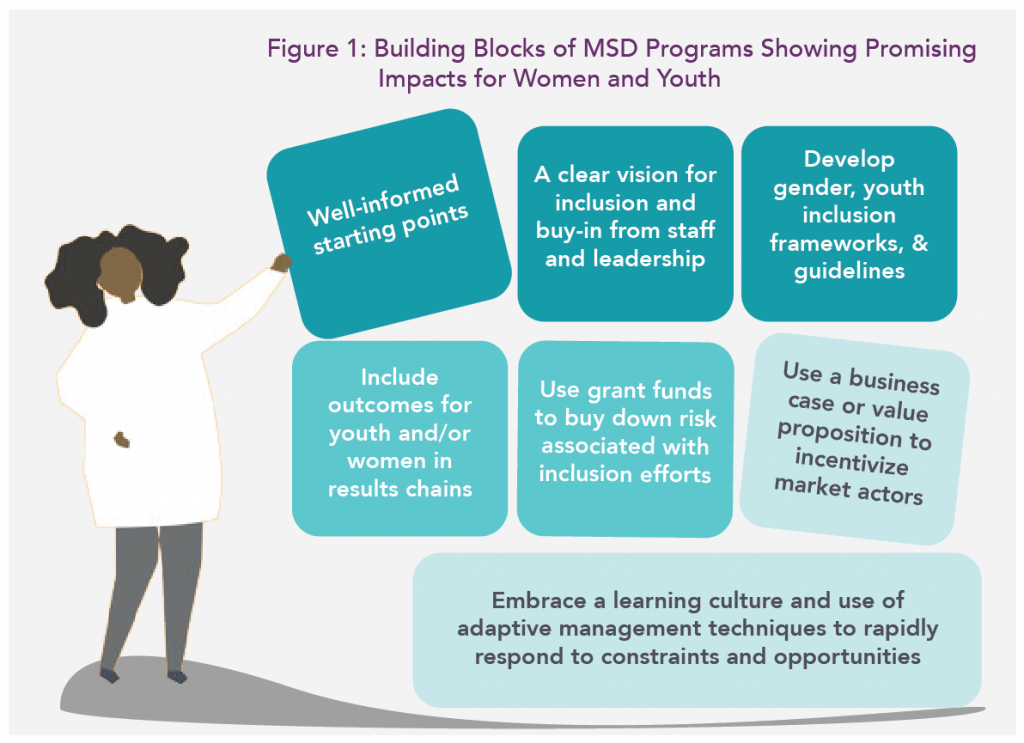
Where Do We Go from Here?
Where many development programs have hit a stride in their inclusion of women and youth, MSD programs have their work cut out for them, given this is a newer area of practice with far less known about “what works” and many challenges to be tackled. Not only do MSD programs operate in complex systems, but they also act as market facilitators behind the scenes, allowing local partners to take the lead and making control over inclusion efforts circuitous. The cutting-edge research conducted by the AWE Program reveals promising approaches for MSD programs treading new territory.
Are you an MSD practitioner struggling to meld inclusion with market objectives? How have you seen MSD programs create win-win relationships with partners while focusing on women and youth? Follow along as we explore these topics (and many more!) over the coming months in a multi-part blog series focused on MSD and inclusion.
To learn more about the research presented above, you can find the report and case studies on Agrilinks and explore helpful visualizations about women’s roles in commercial maize and the coffee sector and how to promote inclusion with private sector partners.
Learn more about the Feed the Future Advancing Women’s Empowerment Program.
For More in the Making Markets Inclusive Series
Read the second post in this series, “Designing for Inclusion,” published March 29, 2021.
Read the third post in this series, “Tips for Advancing Inclusion Through Co-Creation with the Private sector, Part I,” published May 4, 2021.
Read the fourth post in this series, “Making Markets Inclusive: Tips for Advancing Inclusion Through Co-Creation with the Private Sector, Part 2,” published May 27, 2021
Comments

